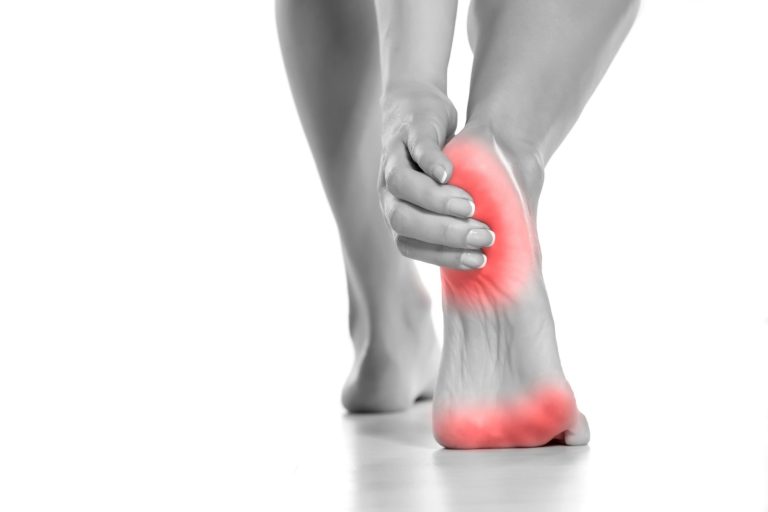
Plantar Fasciitis (PF), also called plantar heel pain or plantar fasciopathy, is a common overuse condition that affects the foot, usually presenting as pain in the heel and throughout the sole. This discomfort can be especially pronounced in the morning and after periods of inactivity. While various treatments are available, stretching has been universally recommended for managing PF. In this blog, we will focus on how stretching, particularly those recommended by the experts at Utah Stretch, can effectively alleviate the symptoms of plantar fasciitis.
Understanding Plantar Fasciitis
Plantar fasciitis is the leading cause of heel pain, affecting both sedentary individuals and athletes. This condition occurs when the plantar fascia, a thick band of tissue running across the bottom of your foot, becomes inflamed. Treatments include foam rolling, orthoses, weight management, and, crucially, various stretching exercises.
Stretching stands out as a core technique due to its ability to improve mobility and reduce pain.
The Role of Stretching in Managing PF
1. Gastrocnemius Stretching
A study examined the impact of stretching the gastrocnemius muscle (calf muscle) on PF symptoms. Participants performed a modified Aldredson’s eccentric protocol (keeping the knee extended to target the gastrocnemius) with 3 sets of 15 repetitions twice a day. Those with severe morning symptoms also used a Strassburg Sock or night splint [1].
Results showed significant improvements in muscle tightness and heel pain, demonstrating the importance of targeting calf muscle tightness in PF management.
2. Ankle Dorsiflexion Stretching
Reduced ankle dorsiflexion is common in individuals with PF. Daily stretching exercises focusing on ankle mobility can help alleviate symptoms. For instance, wall calf stretches or seated towel stretches can enhance ankle flexibility and reduce heel pain. Utah Stretch suggests implementing these exercises into your daily routine to improve results [2].
3. Plantar Fascia-Specific Stretching
Engaging in plantar fascia-specific stretches can further alleviate pain. Utah Stretch recommends a simple method: sit down, cross one leg over the other, and gently pull the toes towards the shin, holding for 15-20 seconds. Repeating this stretch multiple times a day can help ease discomfort and improve flexibility [3].
Stretching Protocol
According to Utah Stretch, while universal recommendations suggest that stretching should be applied to all individuals with PF, the type, duration, and frequency of stretching exercises should be tailored to each person. Standard protocols involve:
Frequency: At least 2-3 times a day.
Duration: Holding each stretch for 15-30 seconds.
Repetitions: 2-3 sets of each stretch.
Consistency is key to achieving noticeable improvements and preventing recurrence.
Additional Considerations
While stretching plays a critical role in PF management, it should be part of a comprehensive approach that includes:
Load management: Adjusting physical activities to prevent overuse.
Proper Footwear: Wearing supportive shoes to reduce strain on the plantar fascia (Utah Stretch, 2023).
Orthoses: Custom insoles might be used as an adjunct after initial treatments [4].
Education: Understanding the condition and its management helps adhere to treatment protocols.
Conclusion
Stretching is an essential, non-invasive method recommended by Utah Stretch to manage plantar fasciitis effectively. Incorporating calf muscle and plantar fascia-specific stretches into your daily routine can significantly alleviate heel pain and improve overall foot function. Remember to tailor the stretching protocols to individual needs and complement them with other management strategies for optimal results.
By making these adjustments, you can take significant steps towards mitigating the symptoms of PF and enhancing your quality of life.
References
Physio Network. (2023). Methods to Manage Plantar Fasciopathy.
Utah Stretch. (2023). Ankle Dorsiflexion Stretching Techniques.
Utah Stretch. (2023). Plantar Fascia-Specific Stretches.
Physio Network. (2023). Methods to Manage Plantar Fasciopathy.
